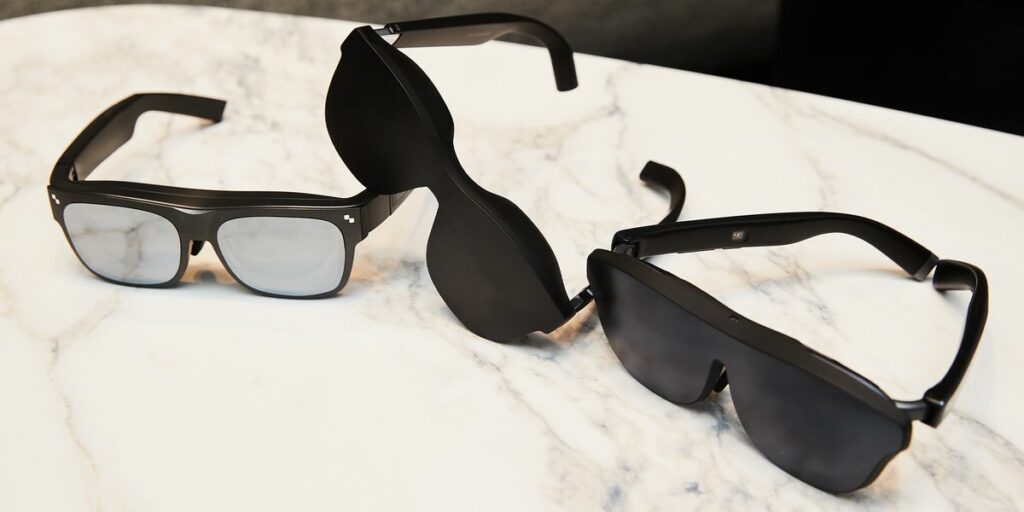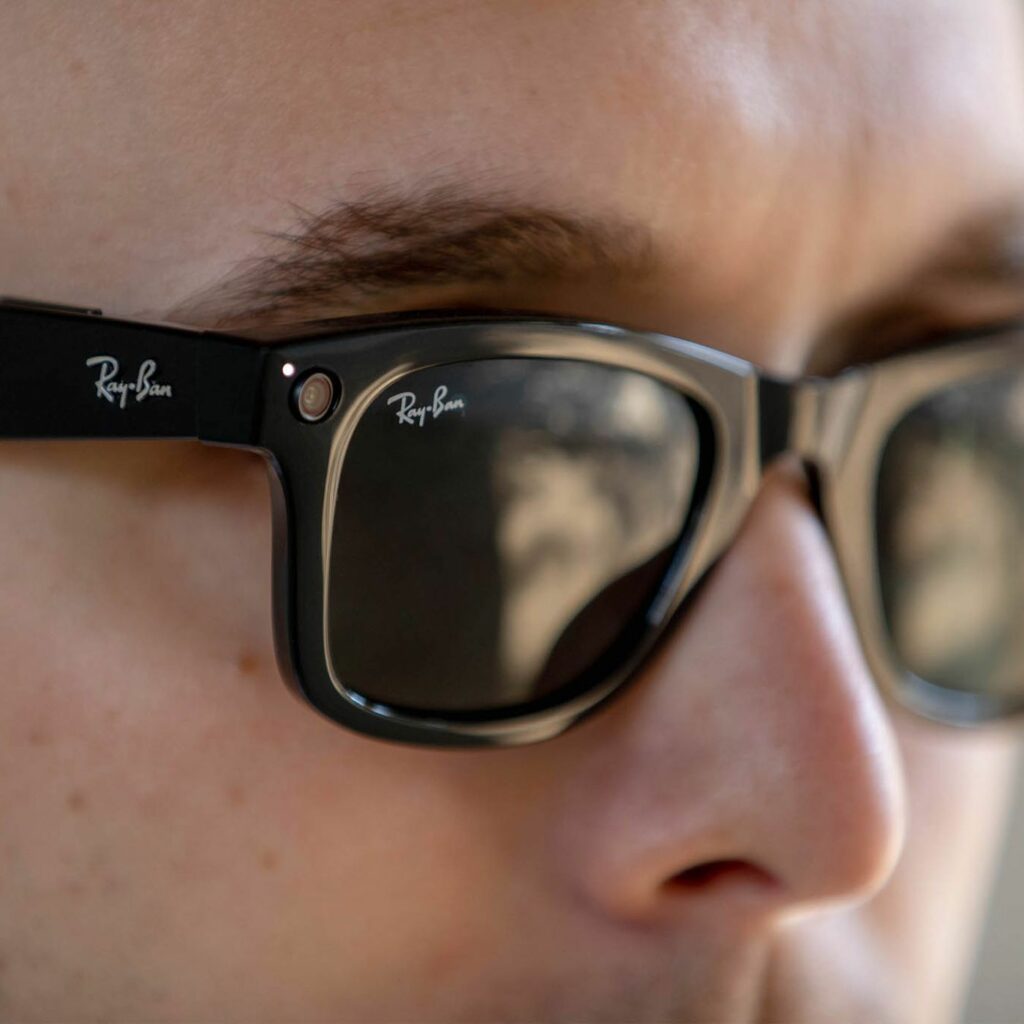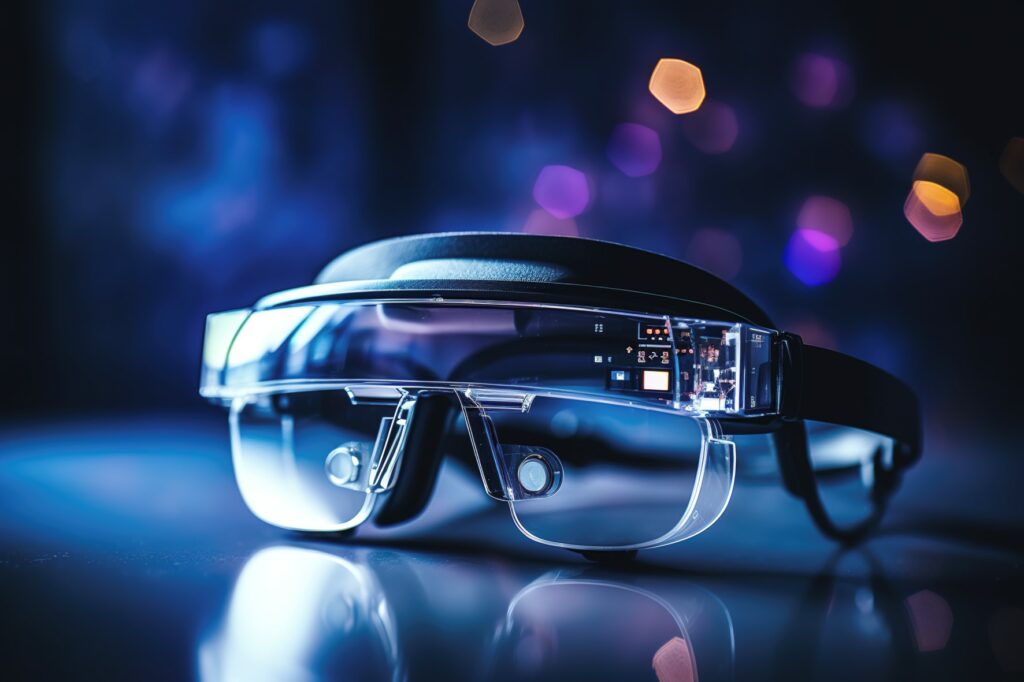
Remember Google Glass? The augmented reality (AR) smart glasses that promised to revolutionize the way we interacted with the world? They fell flat in 2015, leaving many wondering if smart glasses were destined to be a tech graveyard relic. But fear not, tech giants are back with a renewed ambition and sleeker designs, determined to make smart glasses the next must-own device. So, will Big Tech succeed this time around? Let’s dive into the challenges and potential of this second wave of smart glasses.
From Fizzle to Flame: Rethinking the Approach
Google Glass stumbled due to several factors: privacy concerns, high price point, clunky design, and limited functionality. Big Tech giants like Meta, Apple, and Xiaomi are taking a different approach:
- Privacy First: Addressing privacy concerns head-on, with features like data encryption and user control over what information is displayed.
- Fashion Forward: Sleek, stylish designs that seamlessly integrate with everyday wear, unlike the tech-heavy aesthetic of Glass.
- Focused Functionality: Targeting specific uses like productivity, fitness tracking, and augmented reality experiences, instead of trying to be everything for everyone.
- Strategic Partnerships: Collaborating with established brands like Ray-Ban for added fashion cred and wider market reach.

Challenges Remain: Hurdles on the Road to Success
Despite these strategic adjustments, challenges remain:
- Price Barrier: Even with improved designs, affordability remains a concern, especially for early adopters.
- Battery Life: Limited battery life can be a major annoyance, hindering widespread adoption.
- App Ecosystem: A healthy app ecosystem is crucial, but attracting developers without a guaranteed user base can be difficult.
- Ethical Concerns: AR overlays raising privacy and safety issues require careful consideration and ethical implementation.
Beyond Specs: The Potential Impact of Smart Glasses
So, why are Big Tech companies so invested in smart glasses? The potential impact goes beyond individual users:
- Revolutionizing Industries: Imagine hands-free communication in healthcare, real-time data overlays in manufacturing, or enhanced learning experiences in education.
- Accessibility for All: Smart glasses have the potential to bridge the digital divide, offering new ways to access information and interact with the world for people with disabilities.
- Redefining Social Interaction: How will AR overlays impact our interpersonal interactions? New forms of communication and social experiences may emerge.

A Glimpse into the Future: What Lies Ahead
It’s still too early to declare smart glasses a surefire success. The next few years will be crucial in determining their fate. However, with a more cautious, user-centric approach and addressing key challenges, Big Tech might finally crack the code and make smart glasses the next ubiquitous tech accessory.